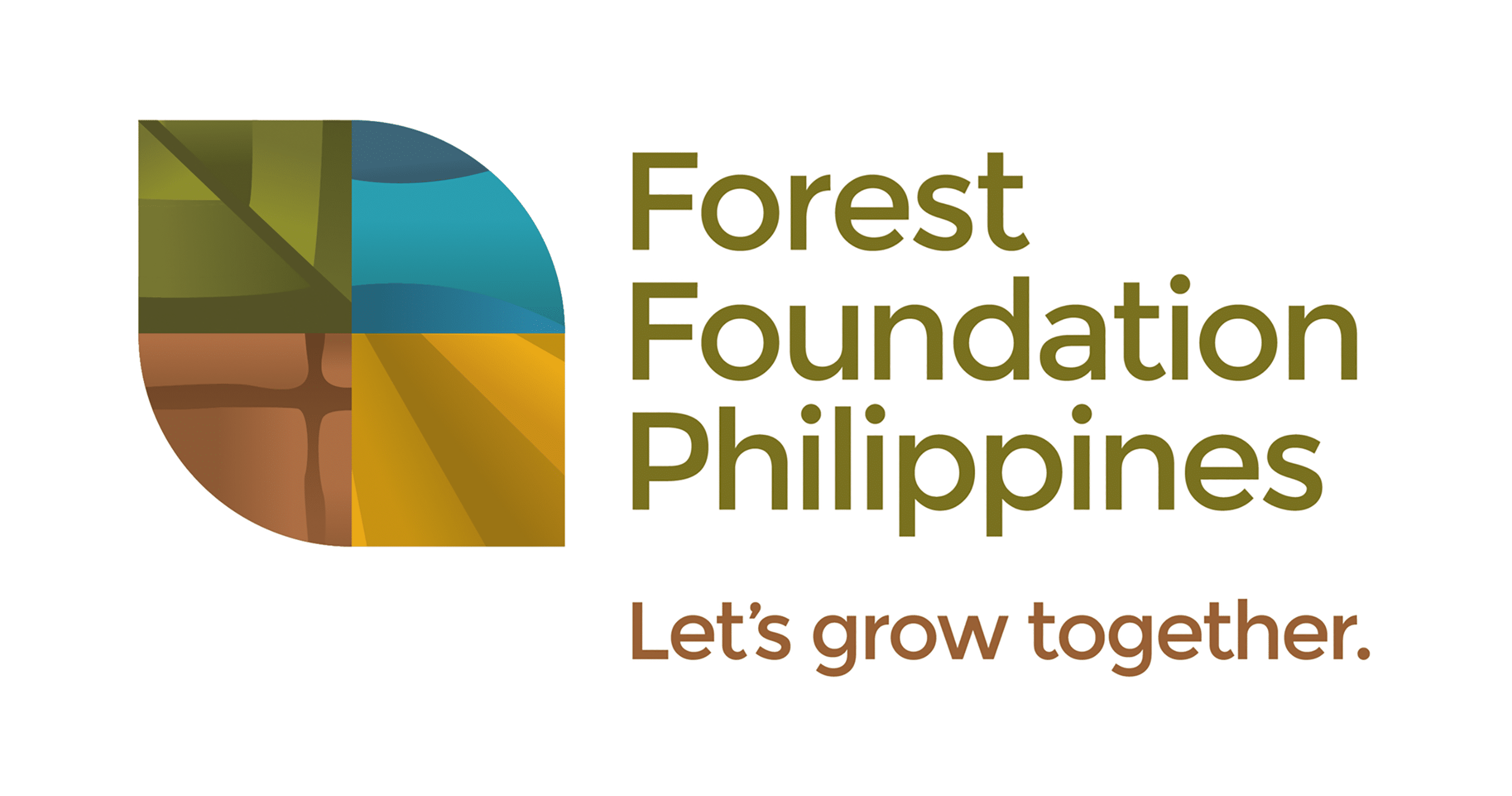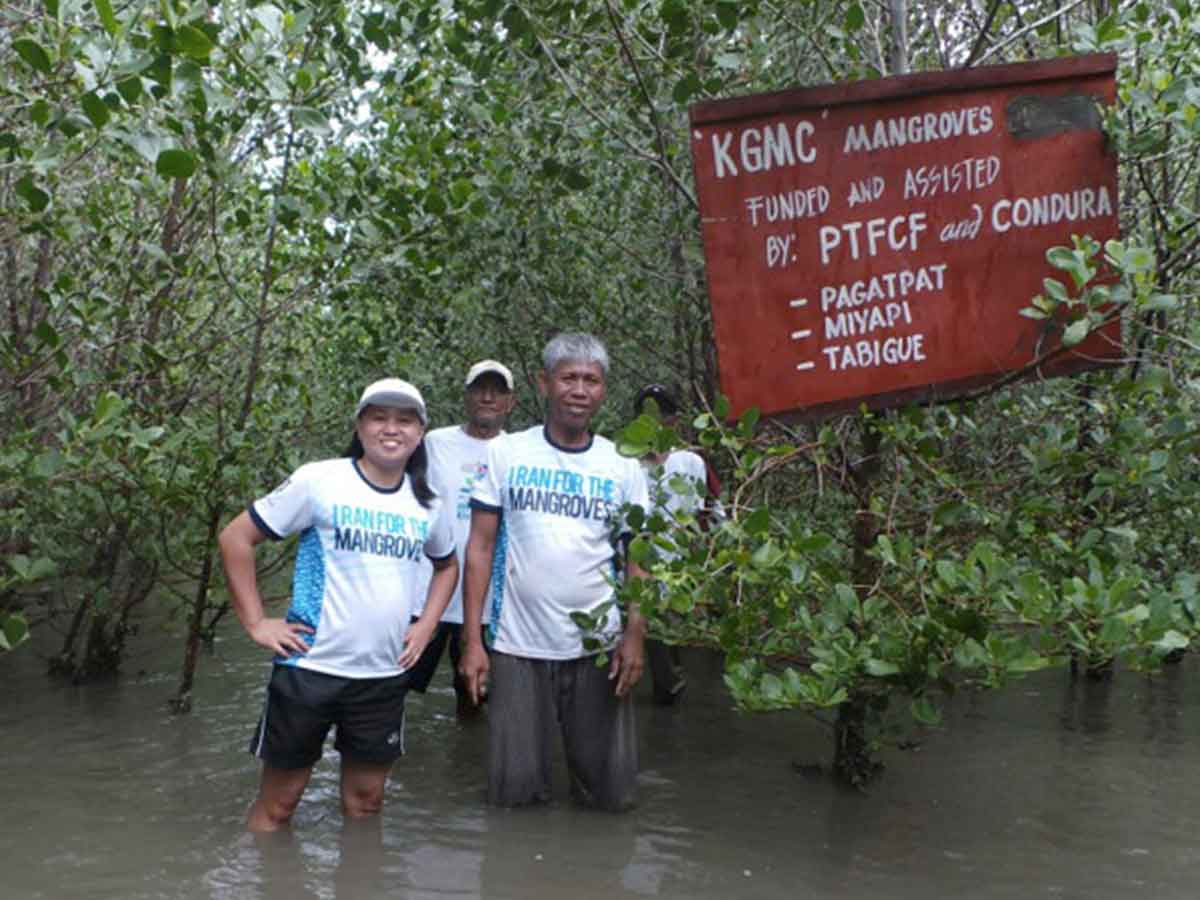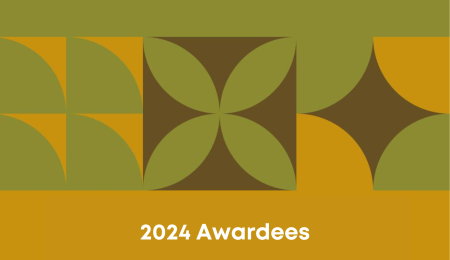L-R: PTFCF Project Officer Marjorie Pamplona (left) with KGMC Chairman Roberto Ballon (right) along with other KGMC members during their monitoring visit last July 2015.
SIXTY-ONE THOUSAND mangroves are now growing steadily in the 20 hectares of forest that community members in Zamboanga Sibugay have built from the proceeds of 2012 and 2013 Condura Skyway Marathon (CSM).
Dubbed, “Run for the Mangroves,” the CSM enabled each runner to donate three mangrove seedlings, which were subsequently planted and maintained by community members in the municipalities of Kabasalan, Naga and Siay. It is part of the ongoing effort to restore mangrove resources in Sibugay Bay, a primary source of livelihood for most of the coastal communities in the area.
In a recent monitoring activity conducted by the Philippine Tropical Forest Conservation Foundation (PTFCF) and Kapunungan sa Gagmay’ng Mangingisda sa Concepcion (KGMC) [Condura’s partners in the reforestation project], mangroves planted in Kabasalan in 2012 now measure 15 feet in height, with a diameter of 24 cm. Meanwhile, those planted in Naga in 2012 are now 8 ft. in height. Finally, mangroves planted in Siay in 2013 are now 2-4 ft. high. Mangrove species of pagatpat (Sonneratia alba), miapi (Avicennia marina) and bakawan (Rhizophora spp.) were planted, matched with the conditions of the sites selected.
“We are pleased to know that the once abandoned fishponds or denuded areas have been turned into verdant mangrove forests,” said PTFCF Executive Director Jose Andres Canivel. “Only through partnership that we have been able to accomplish them – the runners, Condura Philippines, LGUs, our partner POs, and most especially the community members who endeavored to plant and continue to maintain and protect the trees,” he added.
Meanwhile, KGMC Chairman Roberto Ballon earlier attested to the benefits they have derived from mangrove rehabilitation since 2006. With the growing expanse of mangroves came increased fish catch and reduced time for fishing. The mangroves are now supporting a rich array of marine and terrestrial life, which all the more paved for diversified means of livelihood for community members. The observed increase in income for many fisher folks have enabled them to send their children to school and buy motorized boats for livelihood. Also, mangroves have shielded communities in Kabasalan against strong winds and storm surges during typhoons.
Mr. Ballon further hoped that the same benefits will be enjoyed by their neighboring communities; noting that more work, and more help is needed to make this a reality.
Visit our gallery for more photos.




